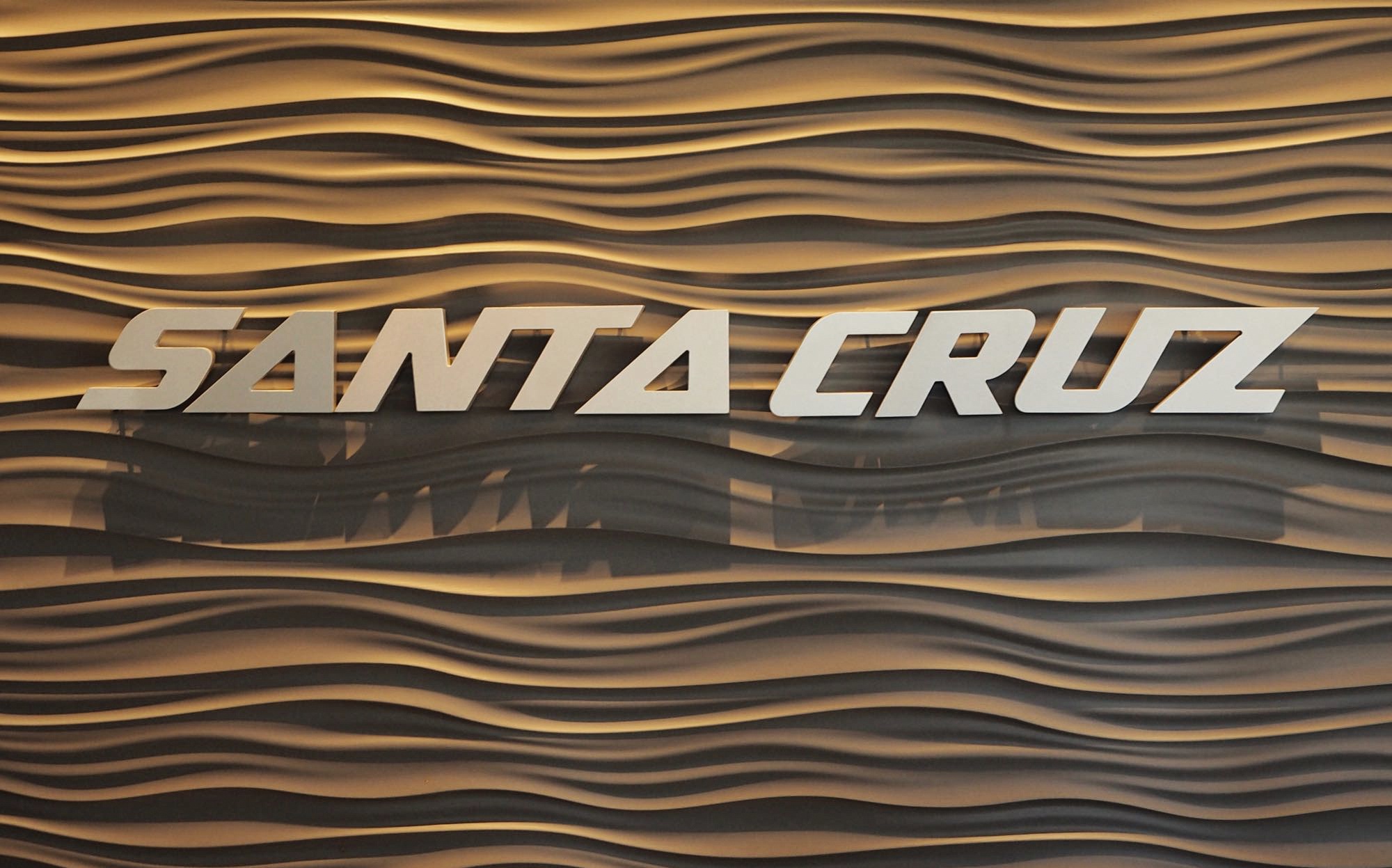Based in a former Wrigley’s Gum factory that just happens to be on the doorstep of the trails in the town that gave the brand its name, Santa Cruz are busy looking to the future after recently being acquired by the Dutch based Pon group. Seeing as we were in town we thought we’d take the opportunity to pop in for a chat with Don Palermini, the company’s North American Marketing Manager…
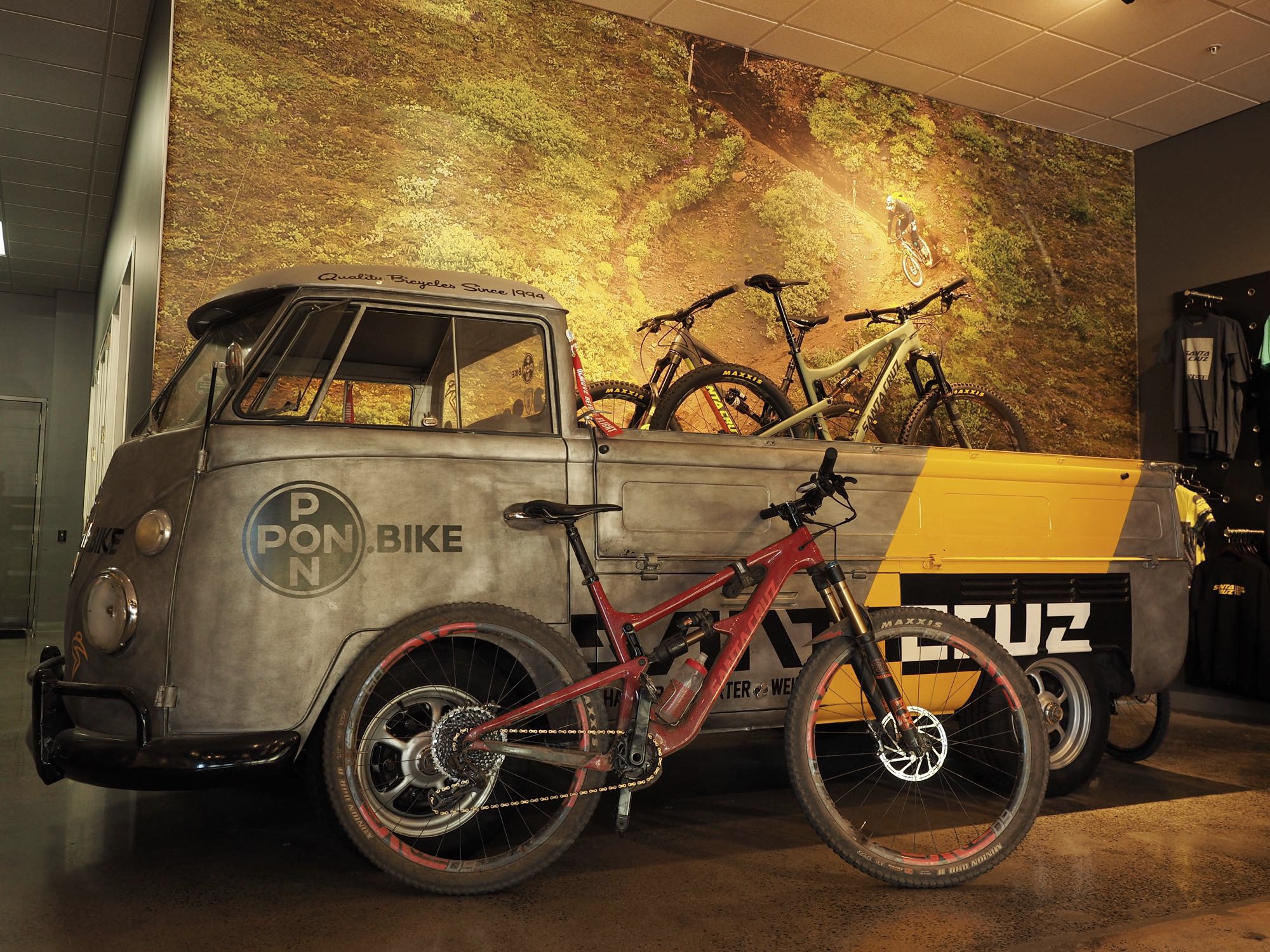
Radventure: Can you tell us a bit about what goes on here?
Don Palermini: We probably build about one hundred bikes a day here, during the super busy season that’ll be more like one hundred thirty. To deal with that we’ve got about one hundred and twenty staff working here, a sizeable number. We assemble all the bikes here for the entire world, here in Santa Cruz. On a daily basis this means we’ve got truckloads of parts from all over the world – frames, spokes, rims, really all the components all being put together on our assembly floor. We’ve got a Henry Ford style assembly line, where all the parts are put on a cart and it goes from all these components to a finished bicycle in a matter of twenty-five minutes. What we’re attempting to do is deliver a bike to a dealer that doesn’t need a lot of work at their end, basically to finish the assembly they need to do minor adjustments, lube the chain and they’re off.
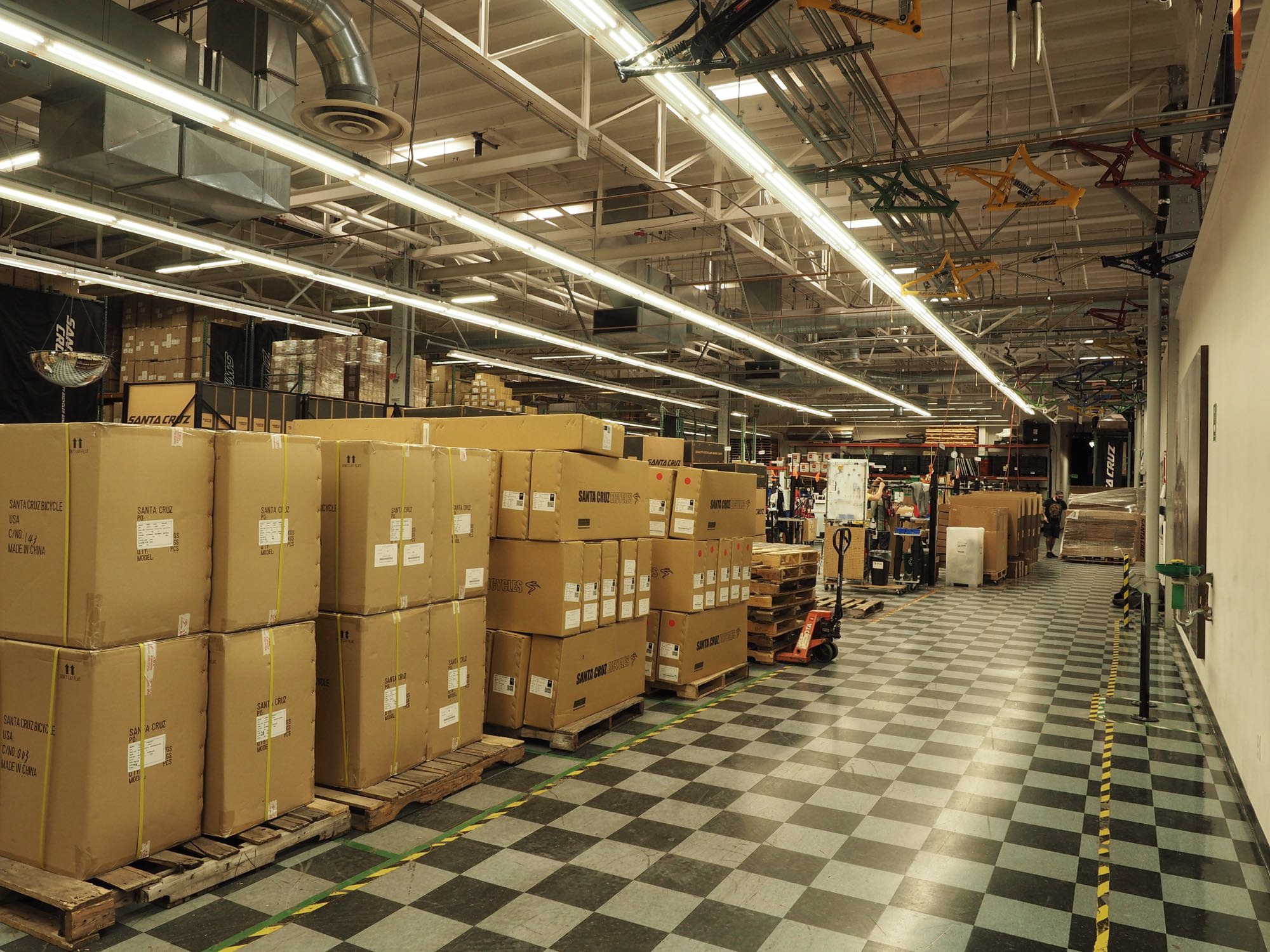
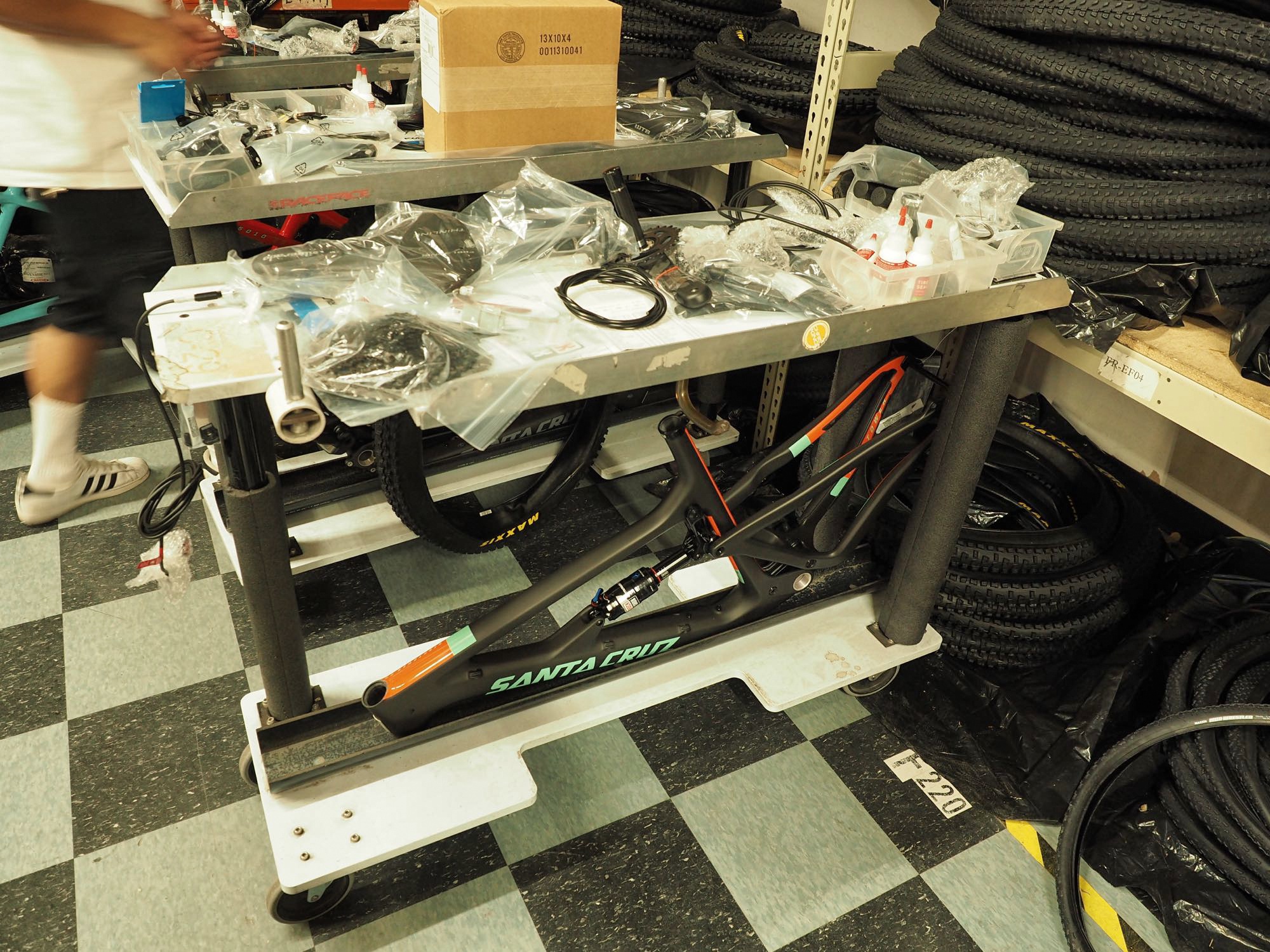
Do you notice regional differences in the bikes that are ordered?
Certainly, there are certain countries that are slower to adopt things. Feedback from certain markets in Europe are that we still need to make bikes with triples (chainsets) and stuff like that. Even in the United States there are regional differences, anecdotally I’d say that 85% of the bikes we sell west of the Rockies are trail bikes of one sort or another with some downhill bikes thrown in, occasionally a cross-country hardtail. Whereas as you go eastward you can watch the travel go down. There are pockets where, New York State and North Carolina for instance where the terrain gets steep and rough again, where the longer travel stuff comes back in.
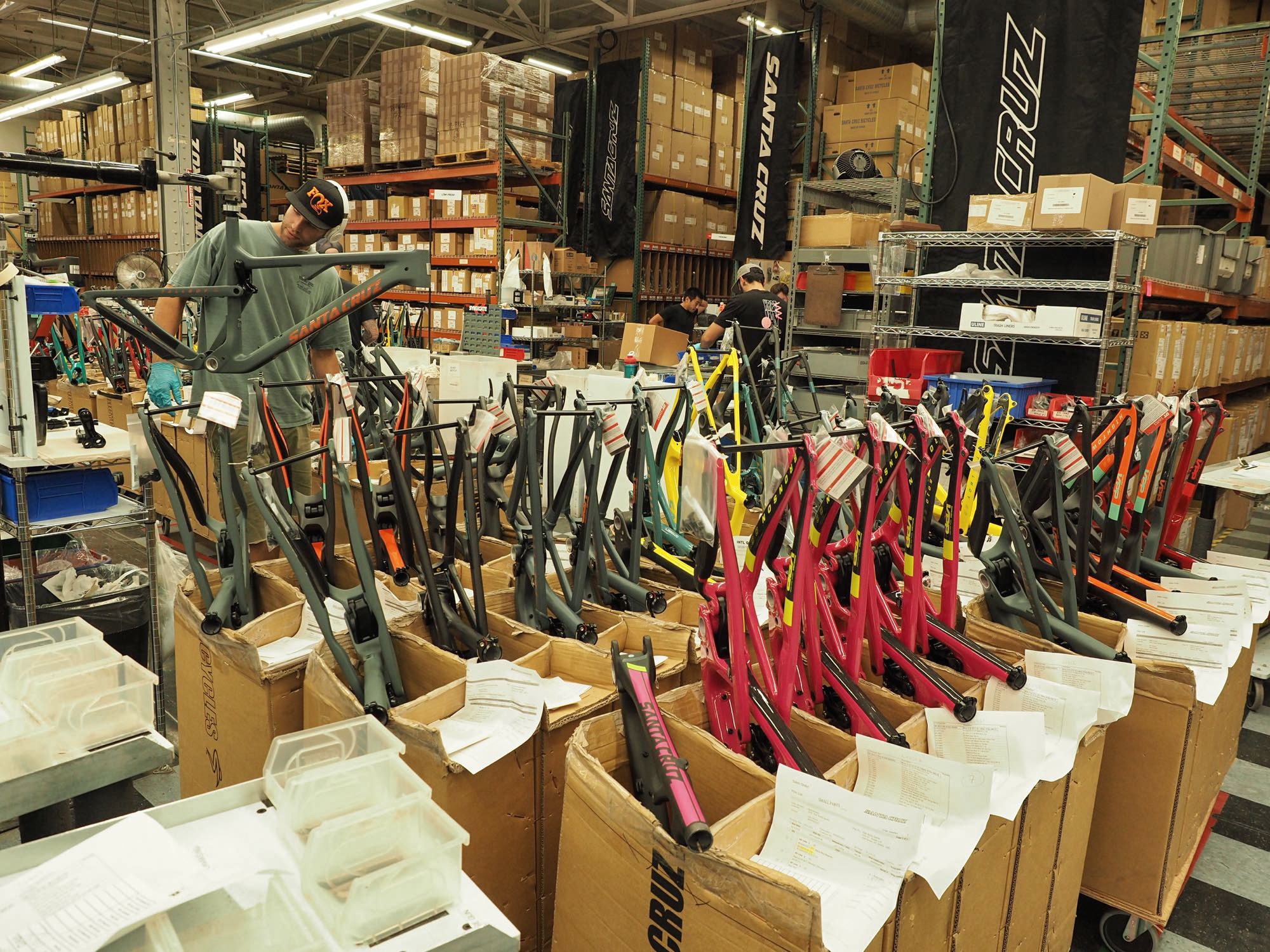
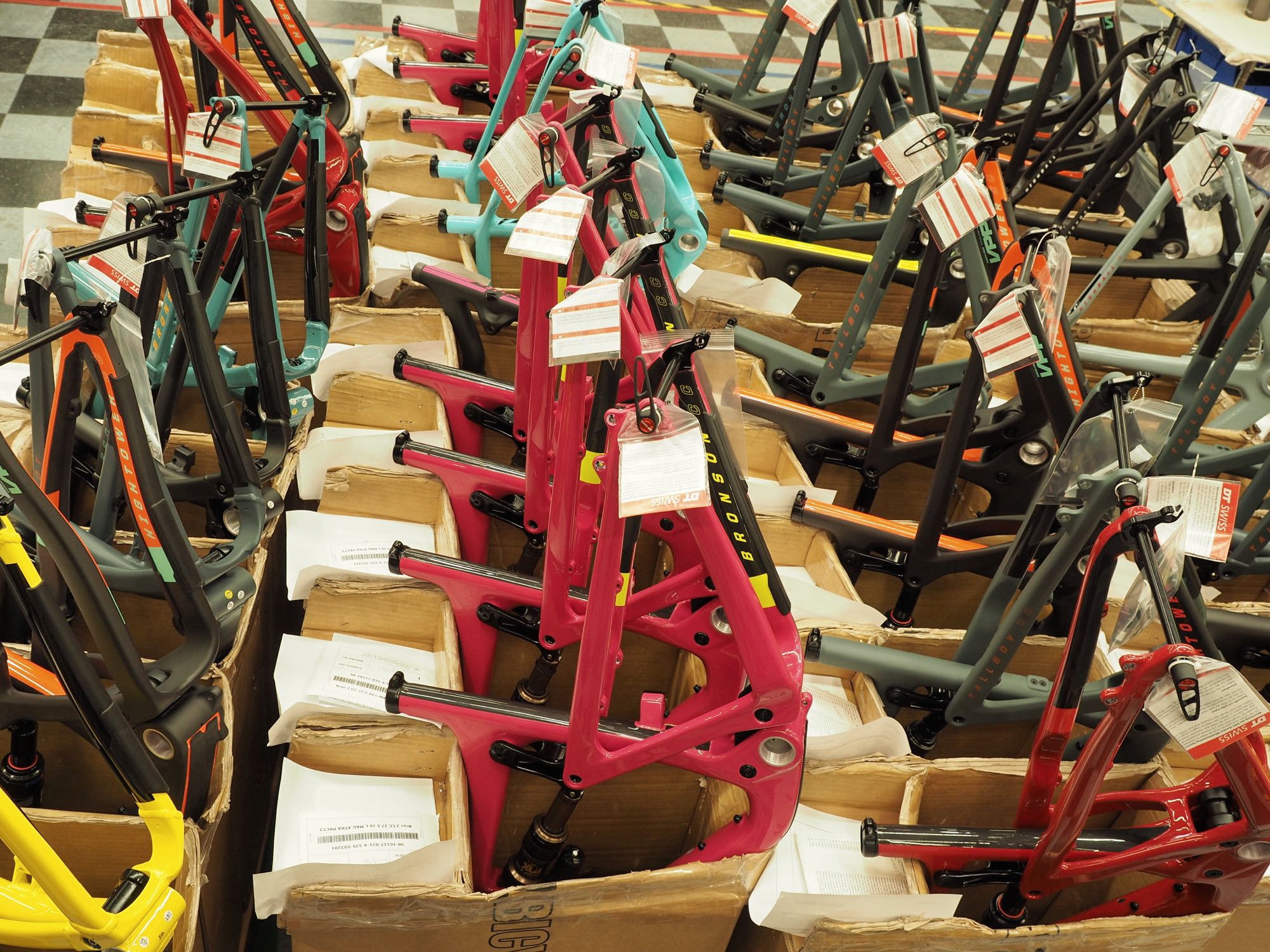
We’ve noticed a Santa Cruz effect when it comes to the speccing of ENVE wheels as almost standard to carbon high end bikes.
I think it would be fair to say we’ve really helped ENVE in their marketing efforts, if you think back to that Nomad launch in Chile where we had this bright blue bike with the magenta downtube decals that matched those ENVE wheels, and they rode down this volcanic black stuff that just made the bikes pop. It was like ‘holy crap’, I think that definitely had an effect.
It’s really interesting, as you get into the upper echelon of price, when they reach a price point I think it’s a case of ‘what’s two more grand’. There’s definitely a price stratification – we’ve got our C level bikes, which is a lower cost carbon that’s a little bit heavier, it’s a really well performing package for the money then when you get to the X0 and XX1 kits you see a lot more upgrades there.
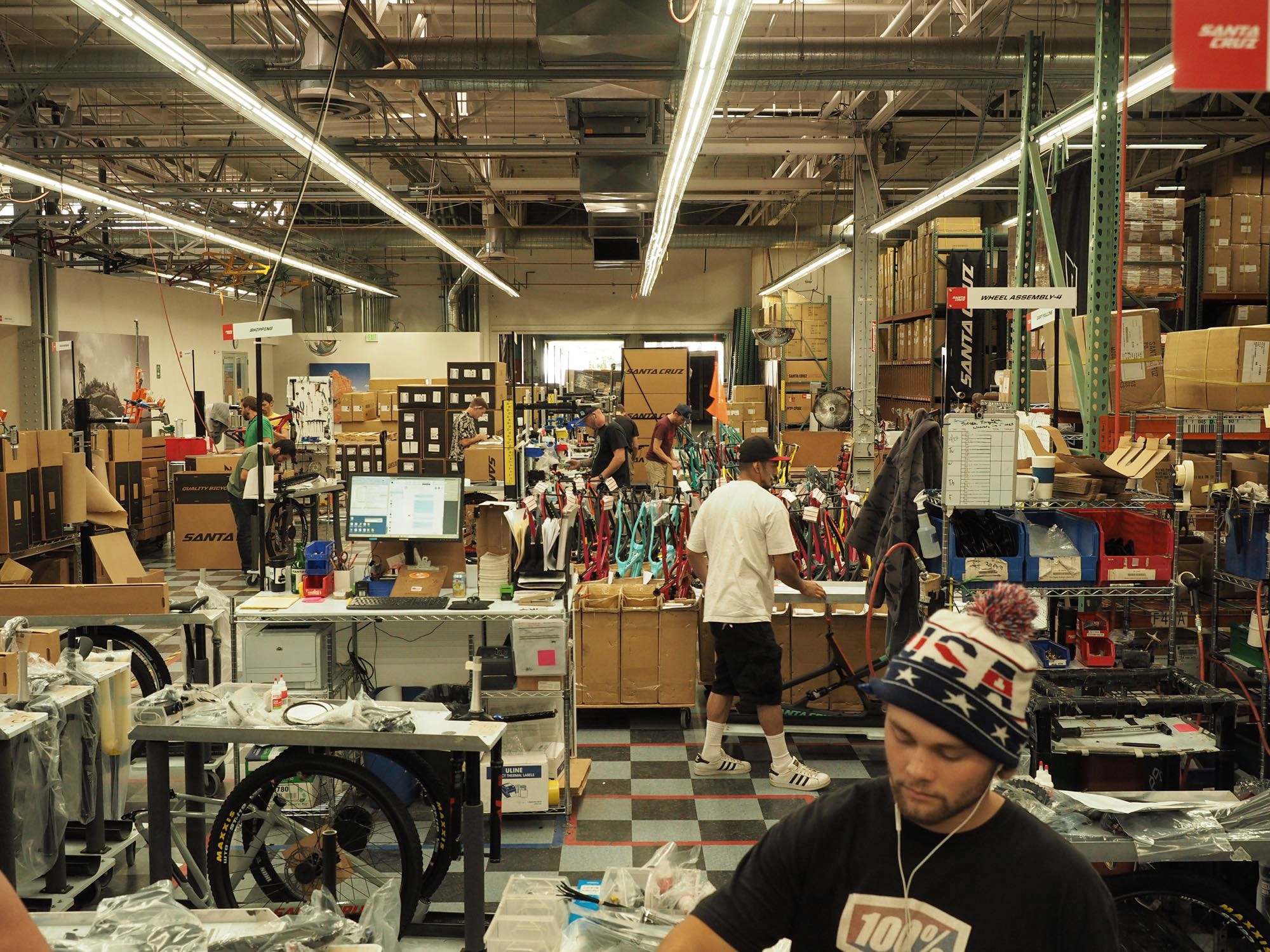
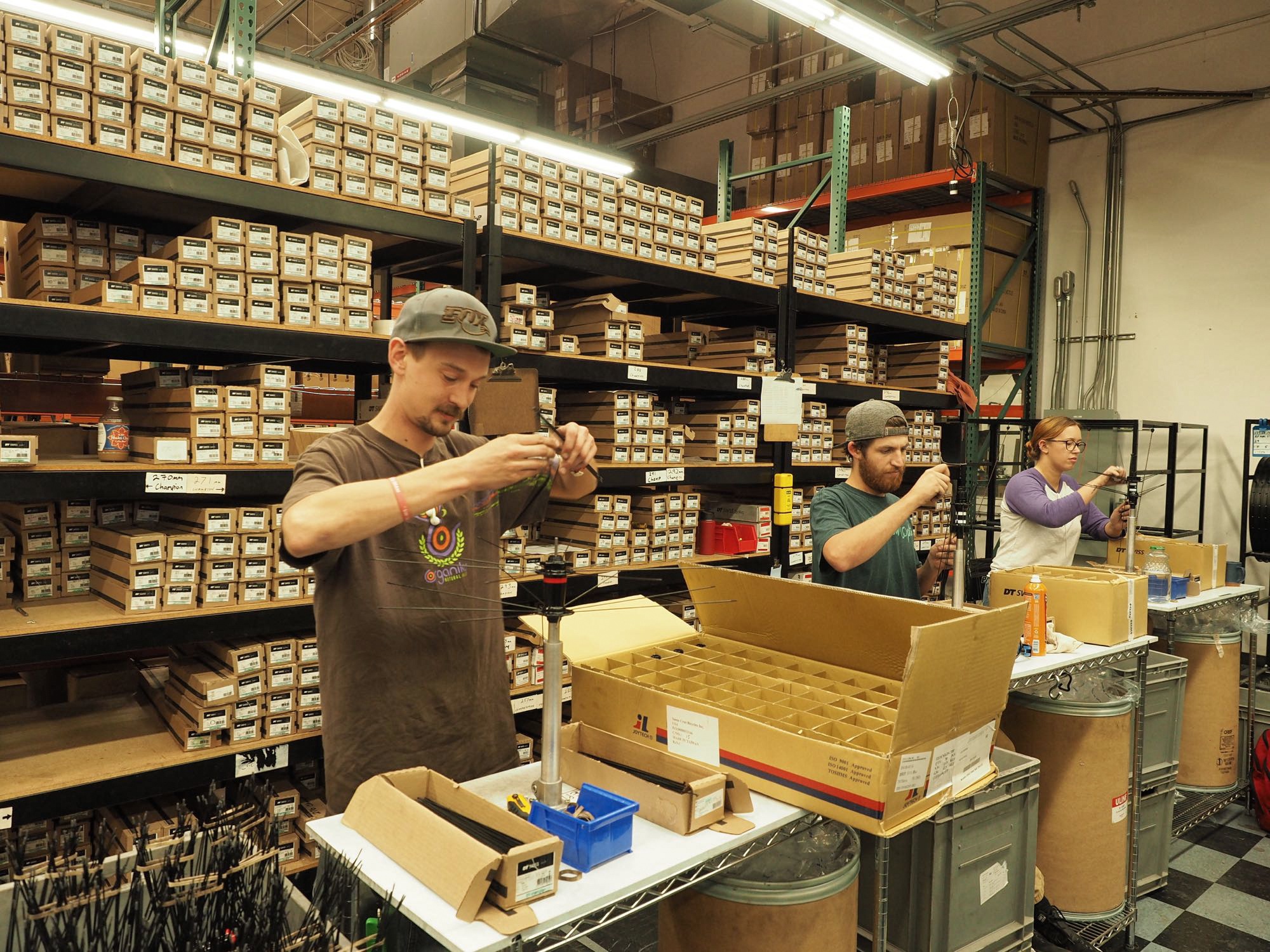
Do you think the Nomad launch was pivotal to where you headed next? Since that the new models seemed to dominate the market?
It was definitely an important bike for the company, and I think it became a bit of a bellweather for the industry in general. I think it’s pretty flattering to hear from a lot of the competition that ‘when we launched X bike it was supposed to be a Nomad killer’, which means we did something right. Our bikes that have come out subsequently the new versions of the 5010 and Bronson, the Hightower and Tallboy, they have all taken things we did with the Nomad and either replicated it or taken it to the next level. Our geometry changed based on what worked well on the Nomad and in terms of top tube length we’ve gone even further on the new bikes. There’s also been the technological advancements, although some people don’t call them that, but because Boost exists we’ve been able to build 29ers with these really short chainstay lengths which is nothing but good. So yeah, it’s one of those bikes you can point to and say ‘yes, that made a difference’, and it also marked, although we didn’t talk a lot about it at the time, but that was the bike that introduced the second version of VPP, and that was a pretty significant improvement for us as well.
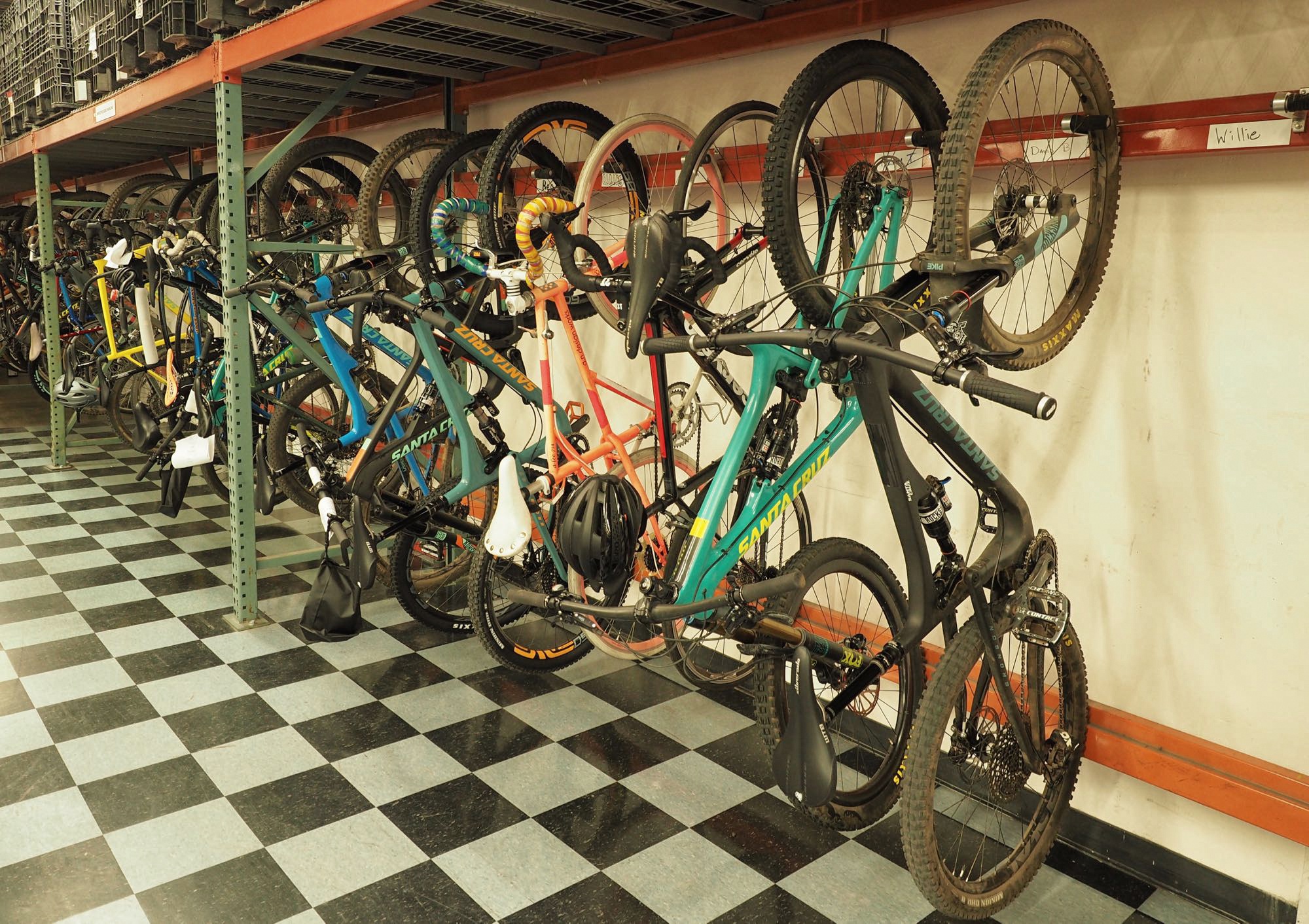
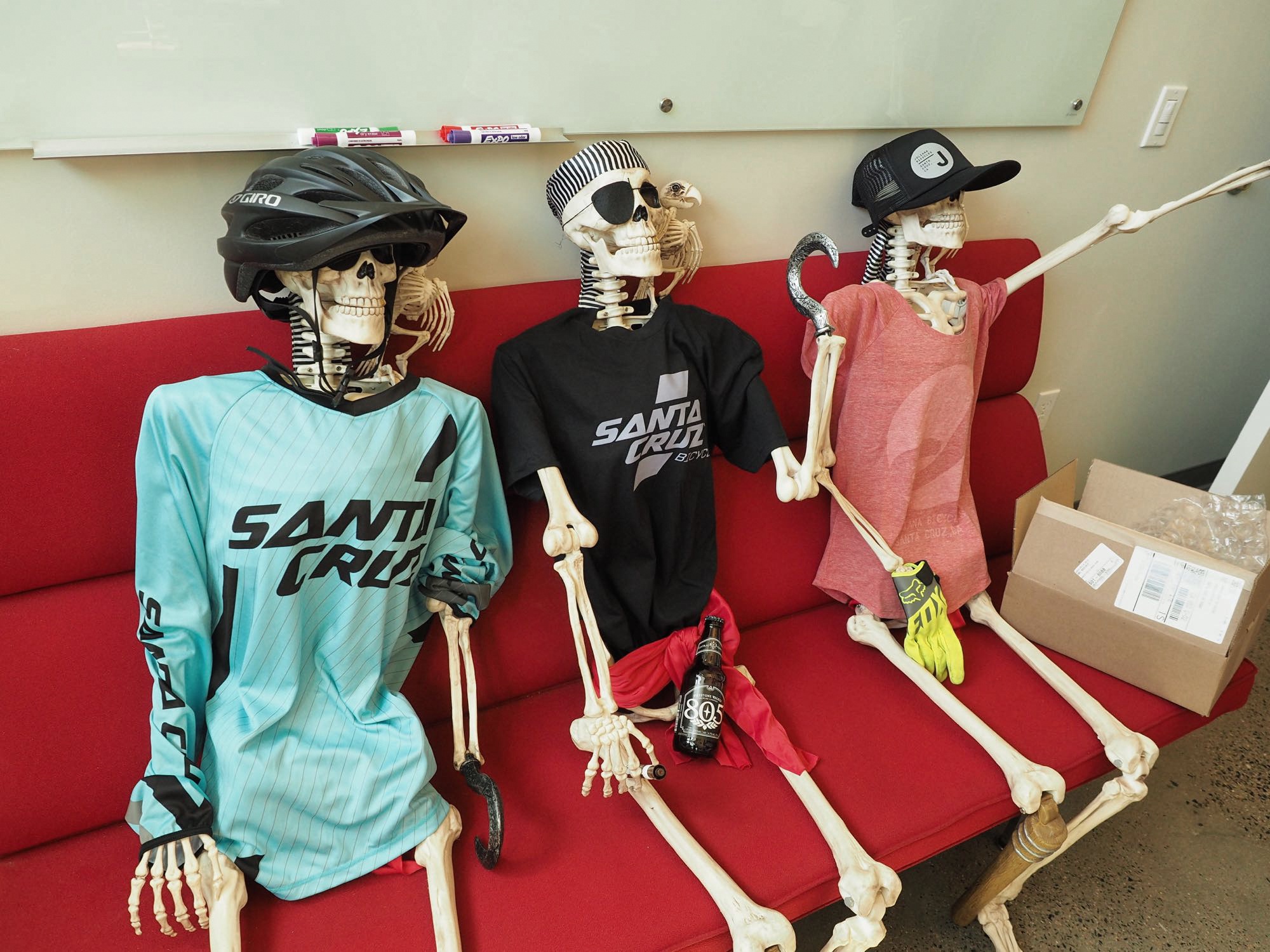
Boost is one of those things that seems to have taken a bit of a beating on the internet, but has freed up a lot of bike design.
Yeah, and I mean we get it. There’s a lot of things we look at, and I think Santa Cruz is a company that, you know, we got a lot of criticism for sticking with threaded bottom brackets, but our engineers unlike certain internet commenters are able to take the emotion out of what’s happening there and look at how to build a better bike. When they looked at pressfit bottom brackets all they saw were problems, when they looked at Boost they saw a better bracing angle for the wheel, a way to shorten the chainstay. Acknowledging the fatigue that people have from all these changes they were able to say ‘well that one actually makes a difference’. It felt like everyday there was a new thing coming out. They feel really incremental one at a time, but you look at two or three together and you can say that’s way better than a bike from just two years ago.
I guess one-by helped with that progress too by taking the need to accommodate a front derailleur out of the equation.
For sure, and there are people resistant to one by as well and I understand that, but I think one of the strengths of one-by particularly for trail riders is how much it’s simplified things.
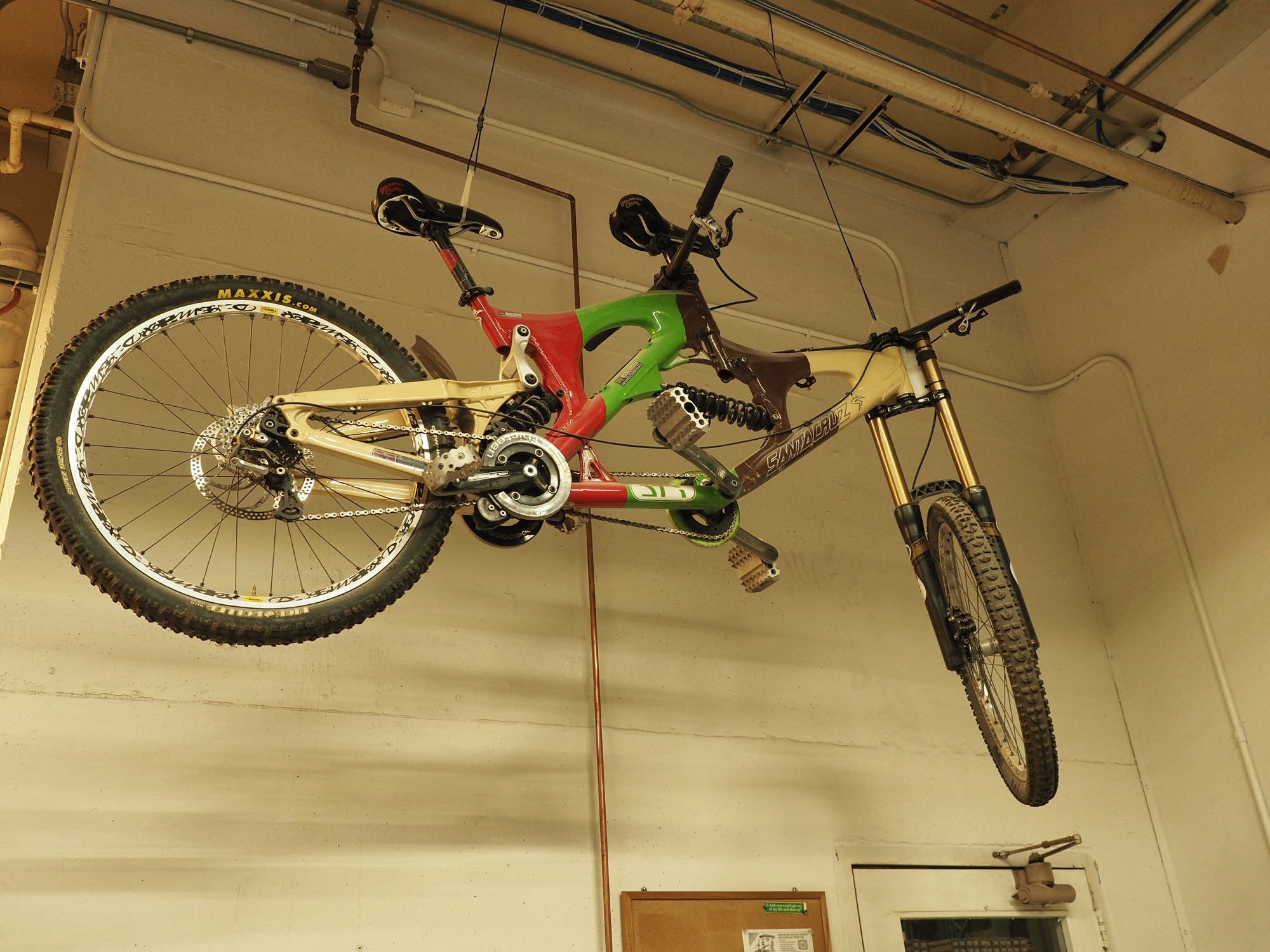
The other bike that seems to dominate, particularly at grassroots level enduro is the Bronson.
It’s such a good capable all round bike. You know I work here and can ride any bike I want, I’ve been riding a Bronson since we launched them. I really want to ride the Hightower, it’s been getting such good reviews, I’ve ridden it but not put months into it, I just don’t know how to step away from the Bronson, ‘I can’t quit you Bronson’. Whether we’re talking climbing efficiency or descending, either end of the scale, the new Bronson or Roubion are better than the bikes that came before them by a lot. I’ve had bikes that take a few rides before I like them but this was just day one, ‘bam’. That’s one of the things that’s really helped with reviews I think, people climb aboard and they’re immediately comfortable.
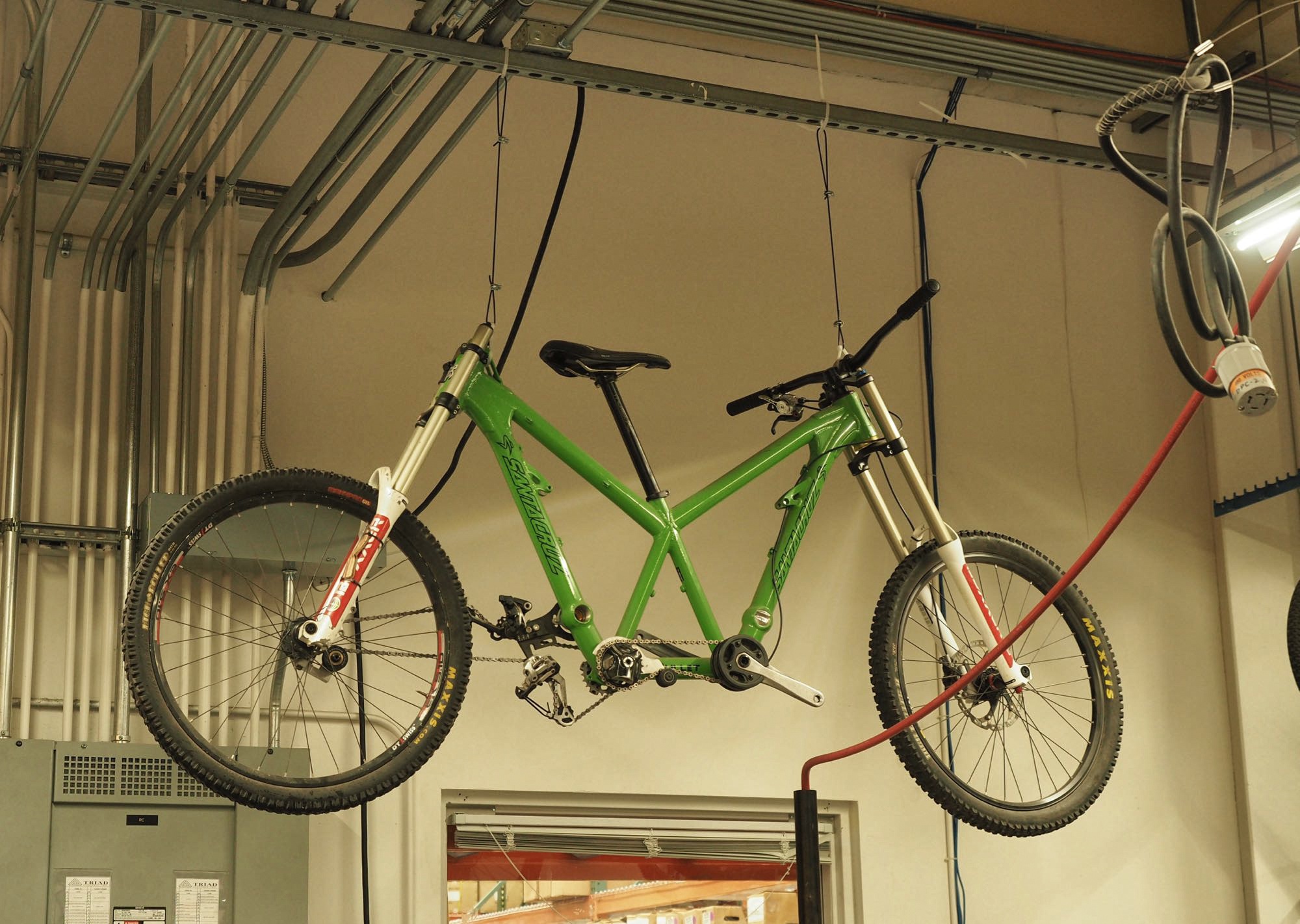
Is it fair to say you’re offering plus size as an option rather that a dedicated frame. From your range there’s a couple of bikes that will take bigger tyres but still give the option of running ‘normal’ tyres too.
Again, our engineers take that really objective viewpoint. The tough thing with plus is that there’s just not the choice of tyres, the variety we have for 27.5 just dwarfs it. Our engineers tried to cut through the noise and decided there may be something here, they accommodated that and felt they could build a bike that had no compromises with either wheel that you ran. If a year from now we have a lot more plus sized tyre sizes or choices we have a really good chassis for that and if all you want is a 29er then that’s fine too. It seems to be with reviews from the Hightower and Tallboy that it’s agreed upon that there’s no compromises either way.
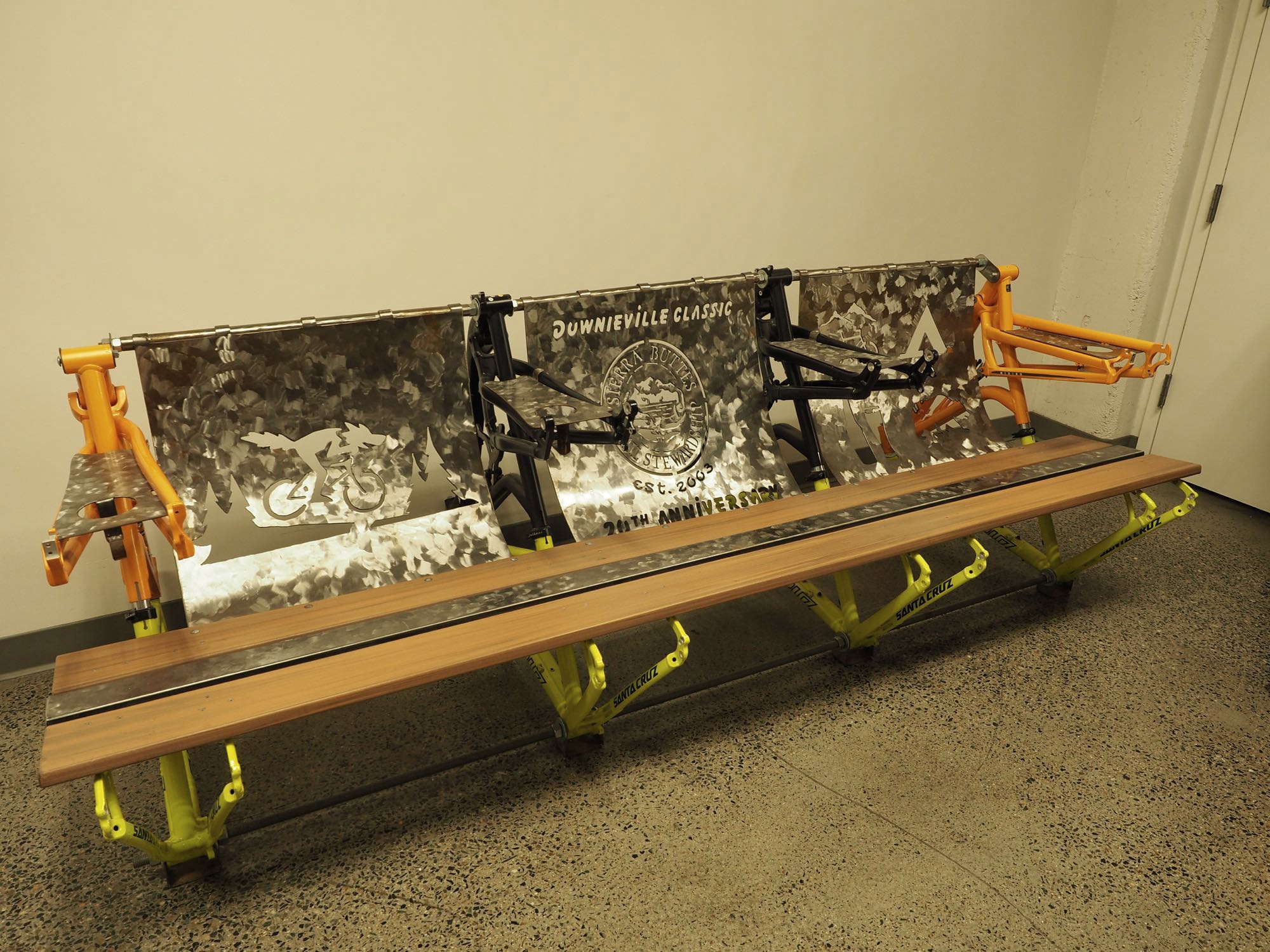
It seems to be the arc of development, we saw it in both 29 and 27.5 that the bikes come first and then tyre development catches up.
I think 27.5, in theory anyway, has a lot more advantages. When 29ers originally came out there were some really wacky geometries, road bike based, and very cross-country orientated, it took quite a while to sort it and tyres were a part of that, but there were a lot of other things going on. I think the challenges for plus size are a little bit less, because we’ve all come to some pretty good numbers when it comes to geometry, it’s now just getting some equity in tyres. We have people coming to demo Tallboys who take it out in plus in the morning and 29 in the afternoon, but I’m not sure we’re comparing apples with apples just yet, given that even tyre pressure can make such a huge difference when you get on those plus tyres.
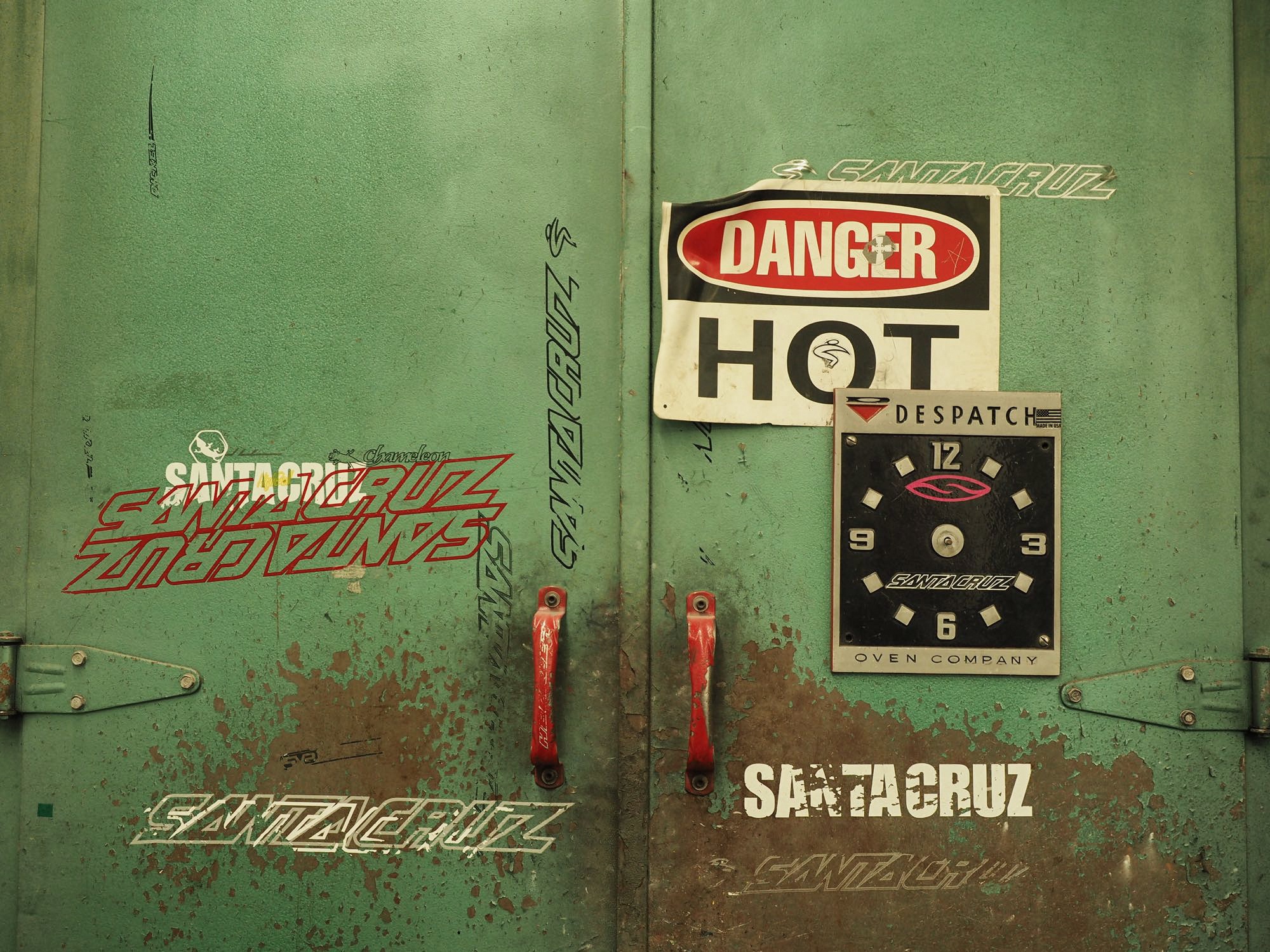
It seems if you’re willing to put the time and experimentation into plus there’s some benefits there to be had, but is that something most riders can be bothered with?
We’ve had a lot of people tell us this, even journalists who routinely are testing bikes. On a 29er I may pump they tyres up once a week, on a plus bike you really need to do that every ride because that’s going to have a huge effect on how that bike performs. That’s provided your inflating those tyres to the right pressure for you, for the condition and the trail for that time – the window seems a little narrow. Suspension set up is pretty critical with that too, rebound needs to change when you’ve got beach ball like performance coming from the tyres. But then we’ve got people who’ve ridden the Kokopelli trail, in the west where conditions can be pretty loose, they’ve told us they really want plus for flotation through sand.
Longer travel 29ers seem to have had a few years in the wilderness, but we’re starting to see a resurgence.
We weren’t fresh to the party with a 29er bike by any means, but when you look at the original Tallboy it was one of the first legit 29ers for its purpose. I think in general it’s not that we’re luddites or that we’re slow to react, I just think we take a measured approach towards whether something is good or not. It’s not like overnight 29ers became bad because 27.5 came on the scene. There was that feeding frenzy though, I have friends at Specialized who were like ‘we have these amazing 29ers who no one wants any more’ and they scrabble to put a 27.5 together which was a shame because they did make some really good bikes. Now those bike have come back into fashion, but we stuck with it because there’s clearly times when its a nice advantage to have those big wheels. So once we’d come on board with them, and made some pretty decent ones, we didn’t see a reason not to continue.
Do you think you’ve hit a sweet spot travel wise with the Hightower? Or could we see a longer travel 29er?
You know there may be an opportunity to go a little bit longer. We’ve seen some decent longer travel 29ers, I don’t know that we’ll ever see a 29er Nomad, but maybe who knows. We’ve had people running longer forks on the Hightower that like that set up for certain things.
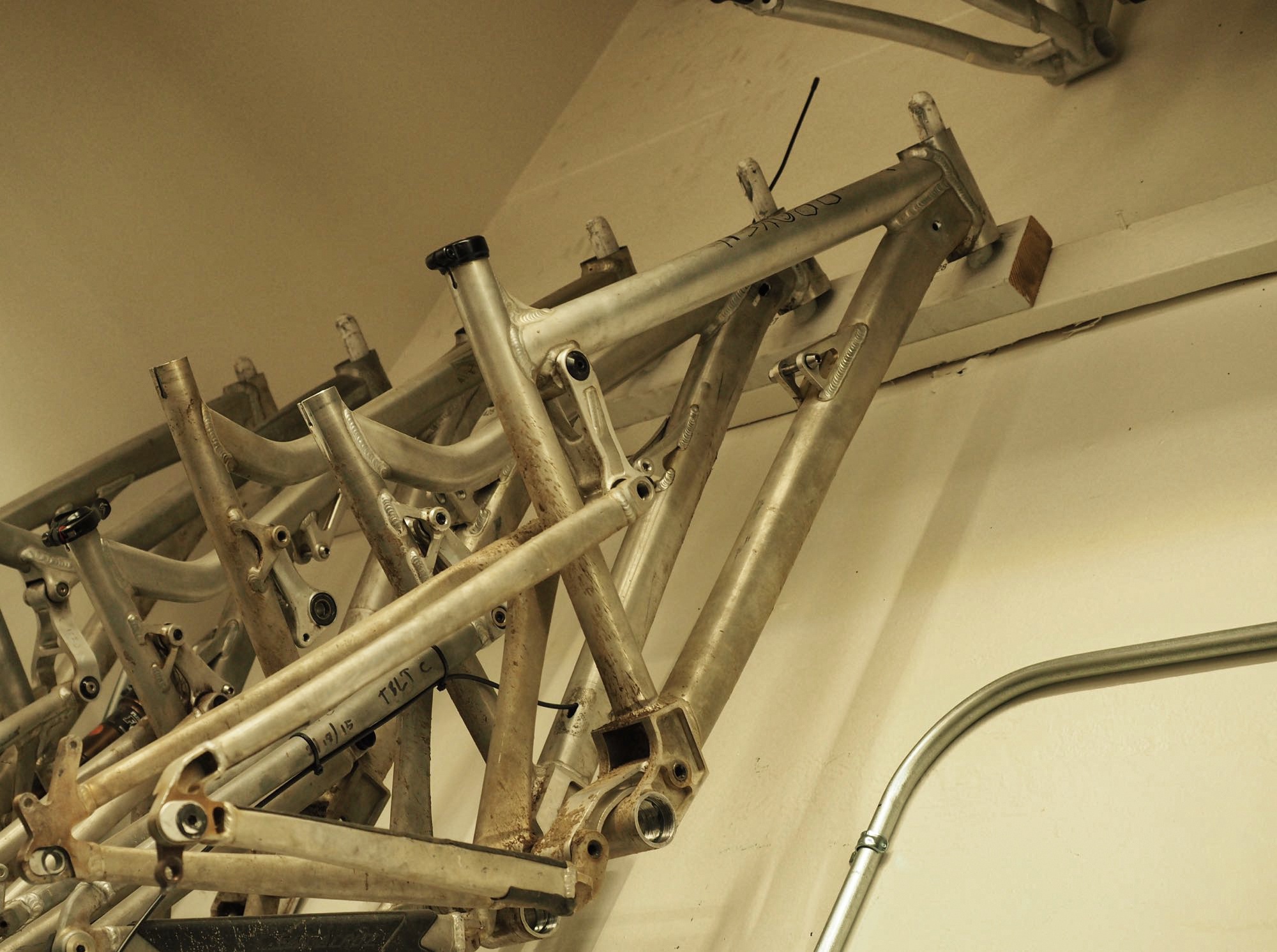
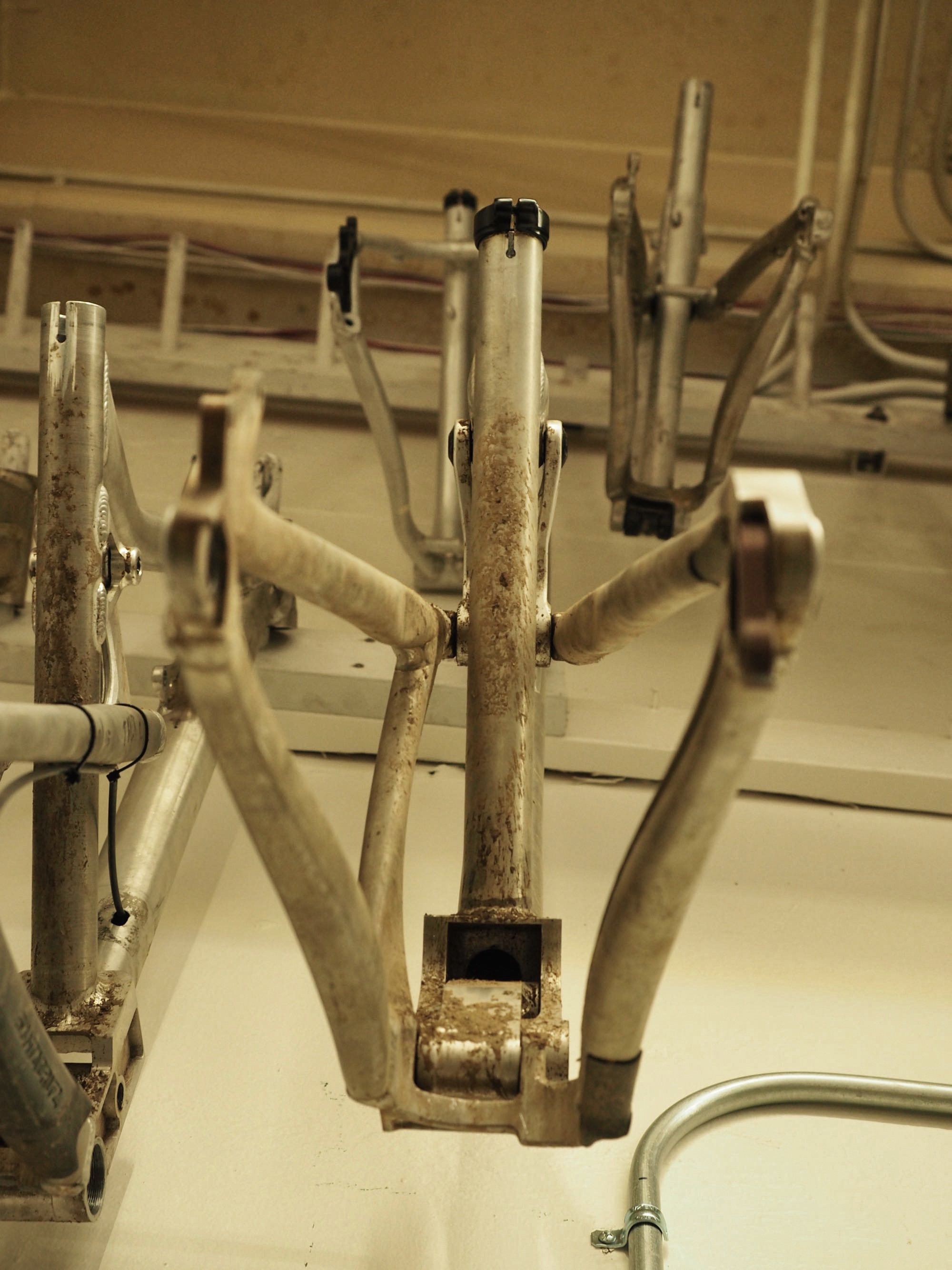
Is the majority of design based in Santa Cruz and on your surrounding trails?
A lot of it is. Our design team are based here. A lot of design starts here but we make a concerted effort to get designs out to our network of, for want of a better word, skunk riders. That includes the guys on the Syndicate, our world cup team, our Enduro World Series riders, we’ve got a couple of riders in Whistler who could easily be on an EWS team but they have day jobs, and some throughout Europe as well including the UK. That’s really good because it hardly ever rains here any more, and testing in other conditions makes a pretty huge difference. So we start the development process here, but then our engineers take those bikes to a number of places with a selection of riders how they really trust feedback from. Our design philosophy has been that we build bikes that we want to ride, then we see if anyone else wants to buy them, but to get to that place takes a democratic sort of village of shredders to help inform the design.
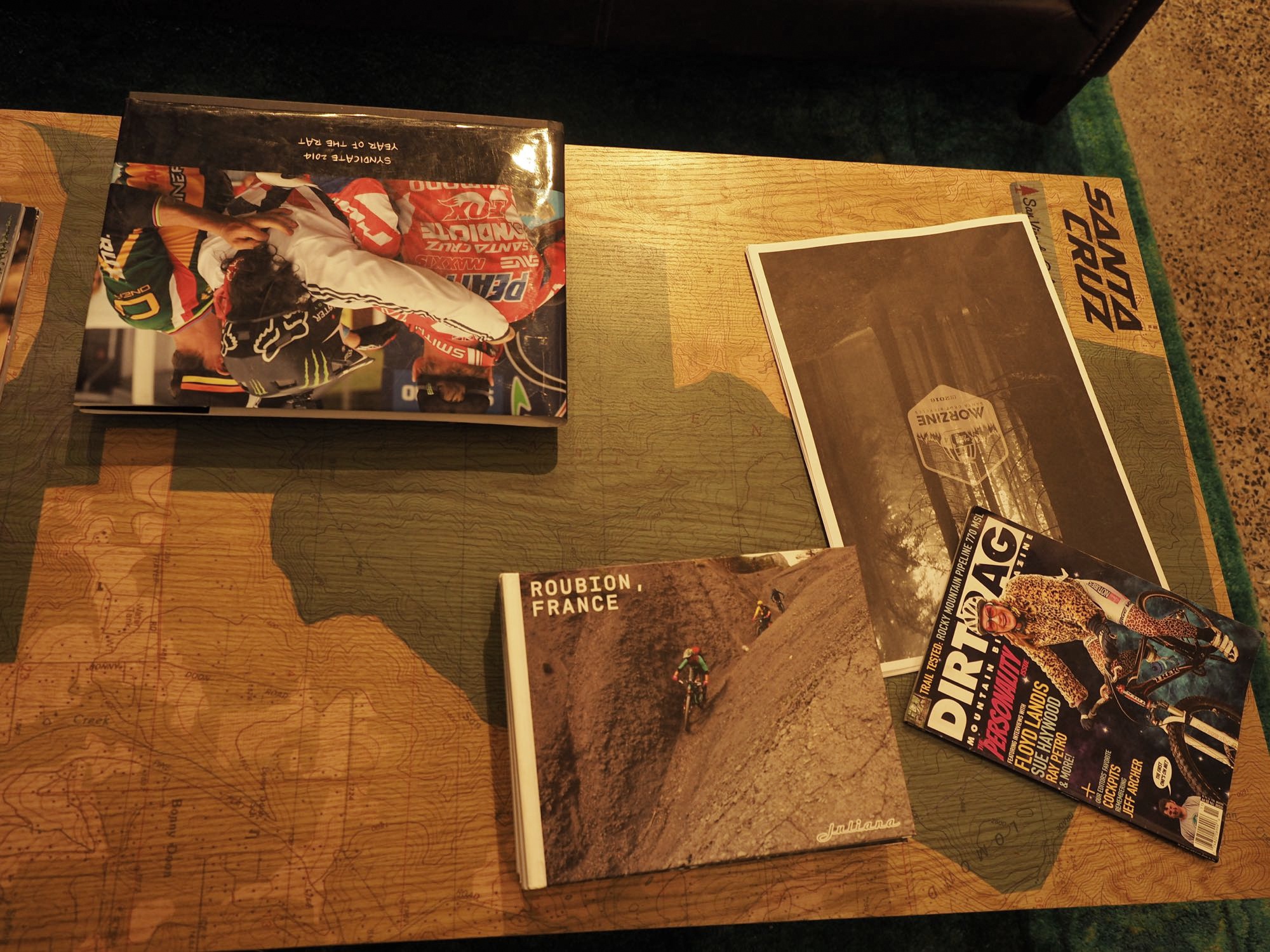
As a company you seem to have developed an interest in Morzine, is that something that will continue?
Well it’s centrally placed for much of the World Cup scene. We just did a month-long dealer event out there, where we brought dealers in from all over the world and rode there. It’s got an unbelievable trail network and system of lifts connecting everything together, a really good variety of trails not just in Morzine but you can drive for an hour into Italy and there’s completely different stuff. We don’t have an official office there yet, bit that will figure pretty large in our plans. Greg Minnaar was doing a lot of testing while we were there with Fox, going through the protocols, it’s pretty rigorous. I think a lot of people have this view of World Cup riders that they’re just super talented guys who have fun all the time, but they work super hard at getting it right. It’s mind-blowing that we watch these races and if someone lost by two seconds they’re so far behind, but it’s really impossibly close. Going around a rock this way instead of that, and that’s it.
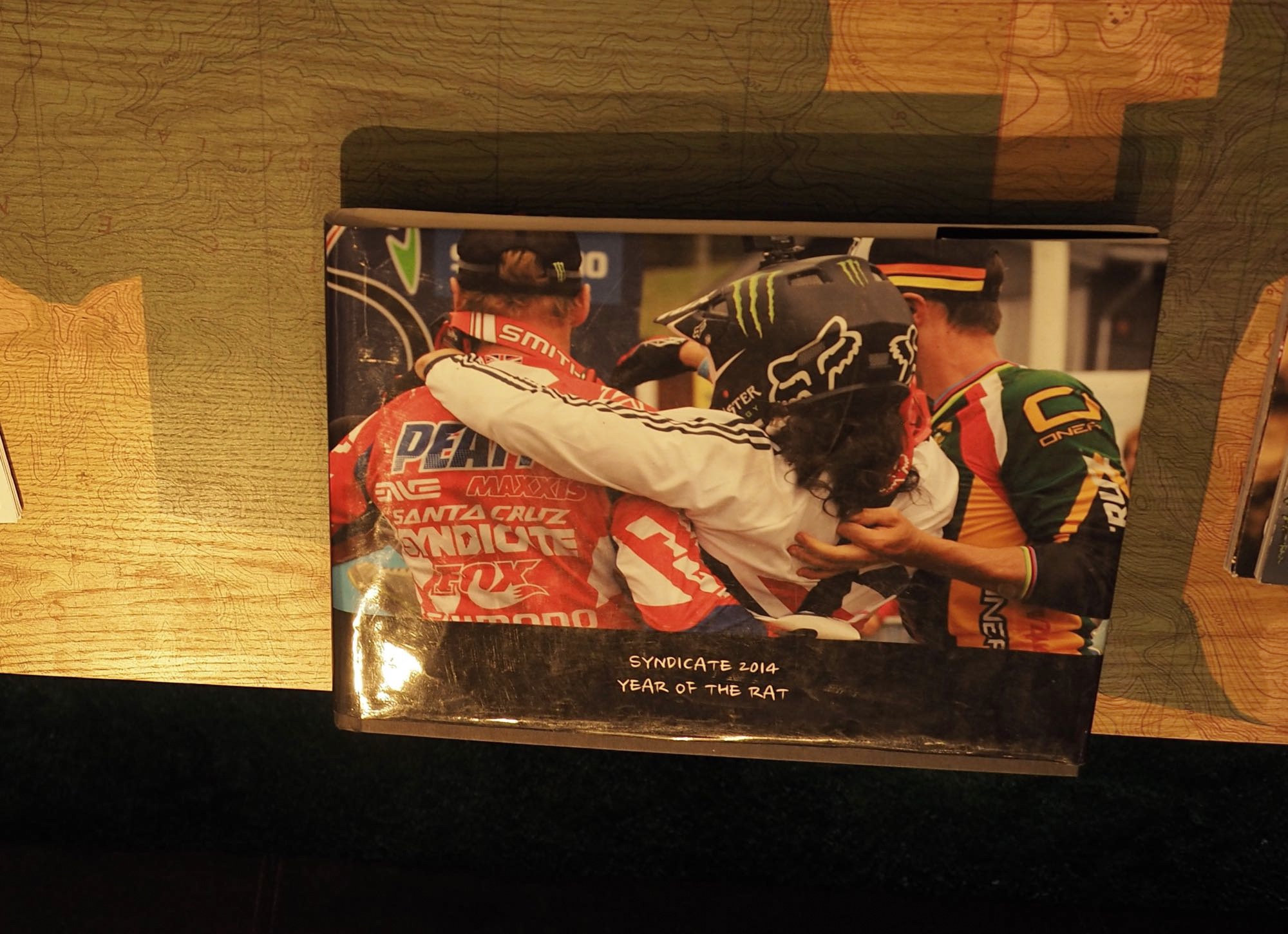
So do you still see the Syndicate playing a big role in the company?
It’s always been a major part of the equation. It’s part of the DNA, and those guys also love to see how far they can push a short travel trail bike. If you’ve watched the video for the Bronson launch, Ratty is just hitting full on downhill stuff on that little bike. They love doing that stuff and seeing how it translates, and I guess that’s the thing about VPP – we can roll it out on everything from a V10 down to a 5010.
From a marketing point of view those videos sewed up the success of the bikes. As a journalist you couldn’t get hold of a Bronson test bike because the bike had sold out on the next three shipments coming into the country. When you’ve pre-sold that far ahead why send out bikes for review?
It makes each subsequent launch really hard (laughs). It speaks to our philosophy on things, I think there’s a lot of companies in the industry that do things really well, but you also see a lot of sameness. Were we to launch those bikes with a techy video, with robotic graphics pointing out things on the frame, it would appeal to those with an engineering mindset but it wouldn’t engage with you emotionally. But you watch someone like Ratty go for it on that Bronson and you’re like ‘holy shit I want to go ride’, and that’s what we want to deliver.
It’s sort of hand in hand with how the internet and social media have developed, a story telling mindset of connecting with people on an emotional level, but if the product isn’t there you’re dead anyway. So it suits us really well, because there’s nothing that goes out the door that is a dog, in some other instances we’ve seen the marketing has definitely carried the product, but when you’re doing both really well then it has a multiplier effect. A lot of what we’re planning for next year is based on what will inspire people, we really want people to say ‘I’d love to go there’. It’s trying to find that marriage of the aspirational with the achievable.
Is the buy out likely to see repercussions down the line? For now you seem to be pretty much the same company.
It’s funny, when you read about mergers and acquisitions you always hear the company that’s being bought saying ‘no, nothing’s going to change’ and the buyer saying ‘no, we’re not going to change anything’. So it’s really hard to say if things will change, but when you look at the portfolio of brands in the Pon group I think if we keep kicking ass doing what we’re doing then they don’t really have any reason to. When Rob Roskopp announced it to the company it was really emotional for him, Santa Cruz is part of his identity, part of his being, so in selecting who to sell the company to there was a lot of due diligence done on his behalf. There’d been previous offers, but the big difference with the Pon group was that it was still run by a family.
Thanks to Don for his time.
